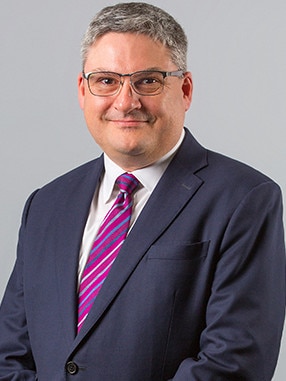
Successful, privileged and clearly terrified at the prospect of some prime time competition, the industry super funds sector has launched a ham-fisted smear campaign against a plan that would see the Future Fund become a competitor for superannuation savings.
Industry Super Australia, the representative lobby for the sector, has branded any moves that would allow the Future Fund to ultimately manage a possible government-run default fund as “a secret plan to nationalise the super system and rob millions of workers”.
It is surely telling that this sector – which has had the good fortune to look very strong when set against inept local competition from so-called retail funds – does not invite inspection of its own record but rather moves to trash new ideas in the $3 trillion system.
You might also expect a sector that has enjoyed legally mandated inflows from a newly enlarged Superannuation Guarantee Charge would appreciate that things could not remain quite so lavishly in its favour forever.
Talk about a sledgehammer where a scalpel might have done fine: ISA chief executive Bernie Dean has turned any potential for responsible debate from the titans of the super sector into hysterical invective, suggesting: “Workers’ savings would become a slush fund for pork barrelling by politicians chasing votes … news that they are trying to nationalise super is just crazy.”
Give it over, this is not what is on the agenda – it is the idea of having a government-run fund as an option for millions of Australians trying to make sense of a compulsory system. Nothing crazy about that.

Rather, this level of pre-emptive catcalling risks doing real damage to impressive funds such as AustralianSuper that have gone a long way to shrug off the worst legacies of union-linked super.
A new report aimed at backing up ISA’s myopic stance uses some selective material from old Productivity Commission reports to claim the Future Fund is not as good as some of the best industry super funds.
But of course some funds will do better than others over selective time periods. Moreover, any credible comparison will have to allow for tax and asset allocation adjustments.
Meanwhile, the Future Fund, chaired by Peter Costello, goes about its business making very good returns – without the benefit of mandated inflows from the SGC. It reported a 1.2 per cent return over the three months to September 30, underpinning a decade-long return of 10.5 per cent per annum – miles above its 6.1 per cent target return.
Keep in mind the Future Fund managed its current returns with 15 per cent of its portfolio in cash. This is close to the maximum amount of cash many successful industry balanced funds would allow – and that is a drop in cash levels compared to 20 per cent held at the start of the year. Put simply, the fund is a conservative fund that is getting returns close to a growth fund.
Future Fund CEO Raphael Arndt would not be drawn into the debate on Monday except to say that the fund was owned by the government and would be willing to do anything it might be required as this issue evolves.
If there is one clear message from this clunky move by industry funds to shut down any attempt to examine the possibility of a national default super fund, it is that we now have hard evidence why it would be a very good idea to put it on the table.





